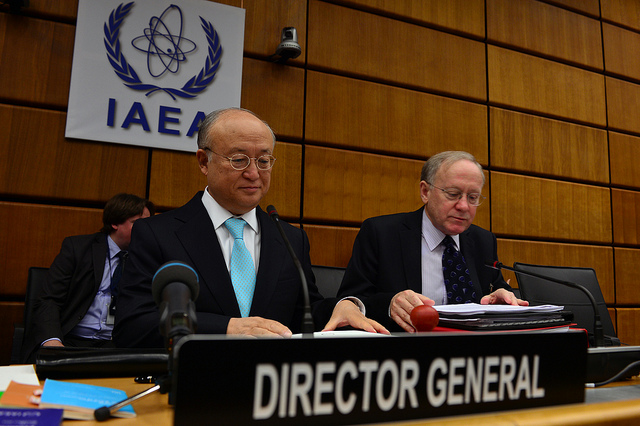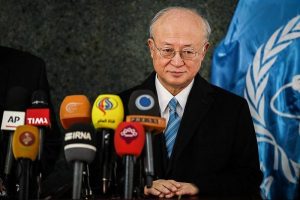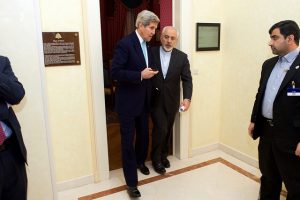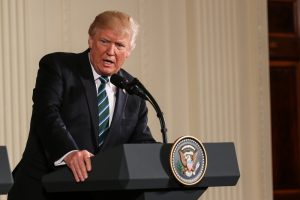by Peter Jenkins
Addressing the Board of Governors of the International Atomic Energy Agency (IAEA) on 3 June, the director general devoted more than half of his statement on Iran to a continuing absence of clarity in relation to certain unresolved issues.
He complained that, despite ten rounds of talks since January 2012, the IAEA and Iran were still well short of agreement on a document (a so-called “structured approach”) that lists the issues on which the IAEA believes greater clarity is needed. “To be frank, for some time now we have been going round in circles,” said Director General Yukiya Amano.
What he did not say, and what IAEA spokesmen have rarely, if ever, said over the last 18 months is that the “structured approach” document contains a mixture of apples and pears. The document describes issues that fall within the scope of Iran’s Comprehensive Safeguards Agreement (CSA) and issues that are without the scope of that agreement.
The IAEA Safeguards Glossary suggests that the objective of safeguards in states that have entered into CSA’s is two-fold:
– to verify that all nuclear material in a state’s possession is in peaceful use
– and to detect the existence of any undeclared nuclear material or activities
In other words, the focus of IAEA safeguards, when a CSA is in force, is nuclear material and nuclear activities — and not nuclear-related activities or activities that might in theory have implications for the use of nuclear material at some future date.
According to that criterion, the “structured approach” document lists the following pears (issues that are without the scope of Iran’s CSA): detonator development; high explosive initiation; neutron initiation; modelling and calculations; testing/missile integration; arming, fusing and firing; access to Iran’s heavy water production plant; and information about nuclear-related research and development activities not involving nuclear material.
Two points can be made about this confusion of apples and pears.
First, the IAEA derives from the CSA legal authority to inquire into issues that fall within the CSA’s scope. Authority to inquire into issues that are without that scope derives from resolutions passed by the UN Security Council under Chapter VII of the UN Charter.
The CSA is an agreement into which Iran entered freely to give effect to its legal obligations under Article III of the Nuclear Non-Proliferation Treaty (NPT), into which it also entered freely.
The UN resolutions in question are quasi-political instruments that make demands of Iran, that Iran has, for the most part, chosen to ignore. In Iranian eyes these resolutions are flawed by the absence of a prior determination by the Security Council that Iran’s nuclear activities constitute a threat to international peace and security.
The continuing absence of agreement on the “structured approach” document is portrayed in the West as further Iranian non-compliance with its non-proliferation obligations. The inclusion in the “structured approach” document of several “pears” suggests that it would be more accurate to portray Iran’s withholding of agreement as a further instance of Iranian defiance of the wishes of the UN Security Council.
This obfuscation is not accidental. Western governments are using Iran’s alleged non-compliance to create an impression that Iran remains a grave non-proliferation threat, despite US national intelligence estimates that Iran has never engaged in the manufacture of nuclear weapons and has not decided to do so, and also to justify the pressure tactics that have so far signally failed to bring about capitulation to the Western demand that Iran renounce dual-use nuclear fuel cycle technologies.
Second, a more honest, less political approach would entail the IAEA drafting two documents. One document would list issues that the CSA obliges and authorises the IAEA to clarify. The second would detail the issues on which the UN Security Council wishes the IAEA to engage Iran on the Council’s behalf.
This would put Iranian negotiators in an unenviable position. They would be hard pressed to find acceptable reasons to deny agreement to the first document. They might even recognise that it is in Iran’s interest to convince the IAEA that Iran’s nuclear material declarations have been correct and complete. Either way, the chances of progress towards resolving some important outstanding issues would be much improved.
That, though, raises a question: does the IAEA really want to make progress –- or rather will the Western states that call the shots in Vienna allow the IAEA to do anything that might lead, after ten long years, to a final resolution of the IAEA safeguards concerns to which Iran’s safeguards failures prior to 2004 gave rise?





